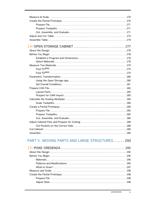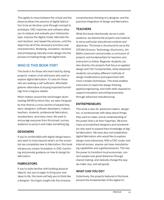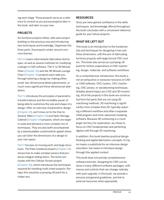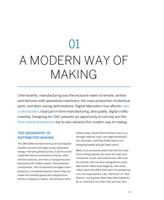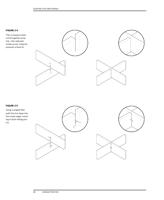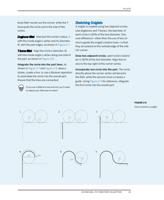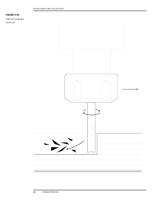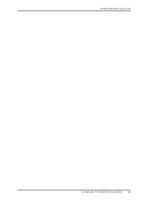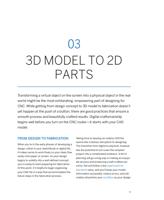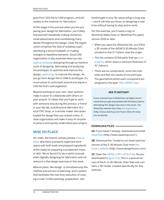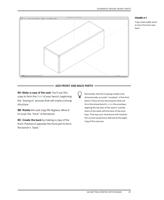
SUBTRACTIVE MACHINING
increases, so does the amount of material left
behind in the corners.
This is why our friend’s slotted bookcase parts
didn’t fit together as intended; the excess cor-
ner material in both the horizontal and vertical
slots made a flush fit impossible.
When a 90-degree inside angle is used to cre-
ate joinery intended to slot together tightly—
the leftover inside corner material prevents the
cross-pieces from fitting together snugly—both
the top and bottom parts stick out (Figure 2-4).
When we began to design our first CNC furni-
ture pieces, our friend’s sledgehammer inci-
dent was fresh in our minds. We sketched
different shapes that would create a flush, 90-
degree fit between two parts. Illustrated in
Figure 2-5, these sketches resulted in the snig-
let, a corner detail design that pulls the tool
deep into the inside angle, removing the radi-
used corner.
FIGURE 2-2
The inside corner has a
sharp, 90-degree angle
FIGURE 2-3
A round tool cannot fill
an inside corner
02/END MILL TO FURNITURE COLLECTION
39













